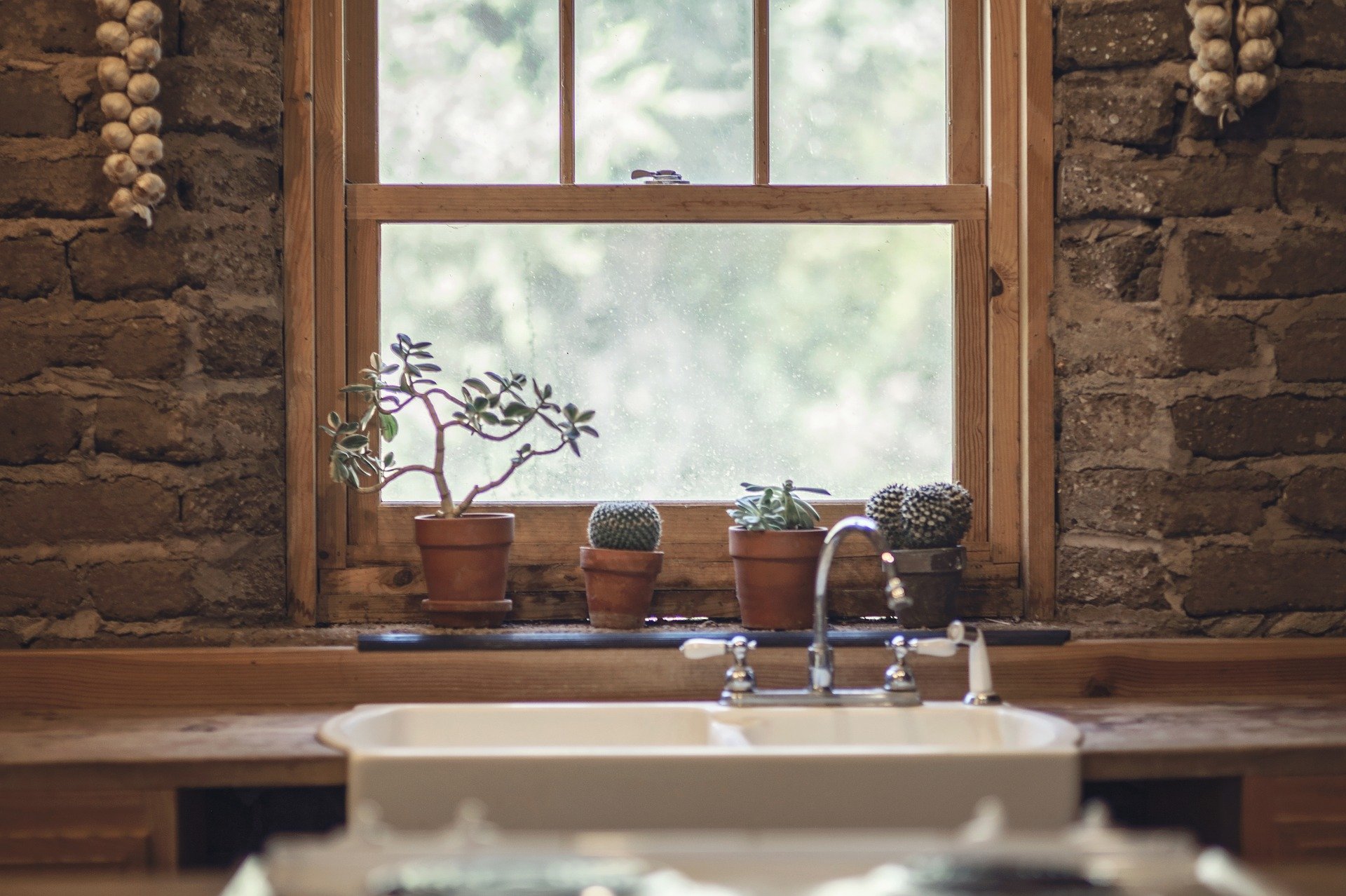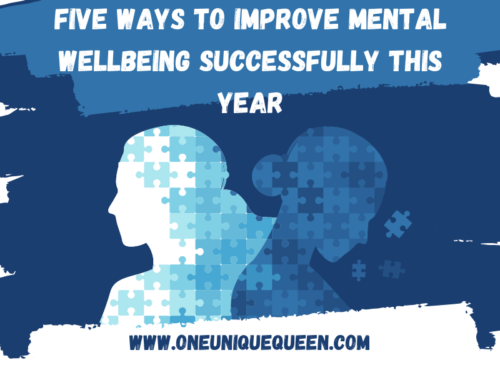


Your home is your sanctuary. It’s where you spend the majority of your life. The average American spends around 87% of their lives inside buildings. While many believe that the change of environment outdoors causes illnesses, it could be the one in your home.
Poorly ventilated homes are a Petri dish for indoor pollution. The environmental health hazards contained within your home hide in the most unsuspected places. You might not be aware that you have them, however, the long-term ramifications could be life-threatening.
Those who are sensitive, such as children and the elderly, experience the symptoms of environmental hazards immediately. Sneezing, watering eyes, shortness of breath, a feeling of stuffiness, and even rashes, are commonly ignored as allergies to the outdoor environment. However, more often than not, they are caused by indoor pollution.

The symptoms of environmental hazards weave into the overall idea of your wellness, making them very difficult to diagnose. However, the consequences of long-term exposure are where the danger lies. What starts with regular sickness could change your fate.
The most common environmental hazards are often avoided, here are the causes, and ways that you can reduce your exposure:
Mold
The amount of moisture held in your home is controlled by ventilation. When your house is poorly ventilated or insulated, it creates the perfect environment for mold to grow.
People are typically exposed to over 200 species of mold in their everyday life: some are healthy, and some are harmful.
From leather surfaces and velvet to wood, wallpaper, and even underneath your carpet: mold can live and thrive in the most unsuspecting places. When grown indoors in a damp environment, mold turns toxic.
Those who are sensitive to mold can be triggered by its presence immediately. Long-term exposure will lower your energy levels, cause fevers and sickness. Mold can also cause allergic reactions such as asthma attacks and later, lung disease.
To prevent mold growth, ventilate your home by opening the windows! You can manage the humidity levels by using air conditioners or heaters regularly. To prevent damp areas, maintaining your pipes and drains will combat mold.
Asbestos
Old buildings across America are known to have asbestos present in their walls. While significant efforts have been made to remove it all, it still could be present in your home.
Asbestos is a natural mineral fiber that has been used to create many materials that we regularly interact with. From boiler insulation and cement to clothes dryers, ironing boards, and wall paint: until the negative effects of asbestos fibers were discovered, it was used for everything!
The effects of asbestos exposure vary. The symptoms range from a scratchy throat and coughing to wheezing and headaches. Those who work with asbestos regularly are in danger of the most severe implications, such as lung cancer, mesothelioma, and asbestosis. What seems like a bad cough now can turn into diseases resulting in death. People do not realize the effects asbestos has had on the body until much later in life.
Hardened asbestos can remain in your home without affecting you or your family if it is not touched. To remove the asbestos, it is best to contact a local environmental health organization.
Carbon Monoxide
Carbon monoxide (CO) is an odorless, colorless gas released into the atmosphere from wood-burning stoves, charcoal grills, heaters, and gas cookers. These are all common household items that we often have in our homes.
When used in an enclosed, unventilated environment, carbon monoxide is a poison that can take an immediate effect on the body, resulting in severe illness or death. However, minor poisoning is much more subtle. Common symptoms can be as simple as a slight headache, dizziness, or feeling weak.
Ventilation is the key to a healthy and protected home. To prevent CO poisoning from happening, only use your carbon monoxide-producing appliances in open areas. You can manage the release of this toxin by buying CO-tested appliances and have them checked regularly. You can also install a monitor to check CO levels in your home.
Dust
No matter how meticulously you clean your home, dust will be in your household.
There is no way to determine what exactly the dust is made of. This can range from lead and alkalis to asbestos and unknown organisms that could be the cause of your health problems.
While dust may seem like an unavoidable part of living and a bain of every householder’s life, the consequences of not checking exactly what the dust is could result in severe health implications for your loved ones. Among them, dust is proven to cause asthma and bacterial infections.
Cleaning your bedding on a hot wash setting and wiping surfaces with a wet cloth reduces the presence of dust in the air. If you think that dust could be causing your health problems, test for the presence of metals or asbestos.
Lead
In America, houses built before 1978 were painted with lead paint. Once again, before lead was discovered to have adverse health effects, it was used for everything. There are high chances of its being exposed to lead today, with nearly 900,000 children a year seeking medical attention due to lead poisoning from their homes.
Lead can be found in soil, paint, piping, and even in scented candles. With the presence of lead throughout your home, you and your family are at risk of ingesting particles of the metal.
Excessive lead poisoning can result in brain, kidney, or nervous system damage. A high percentage of lead exposure in children comes from their mothers while still in the womb. Before moving into an old home, testing for lead presence will ease a worried mind.
The first step towards reducing pollution in your home is opening the doors and letting fresh air in! Indoor environmental hazards and the symptoms that follow are subtle. Awareness, cautionary measures, and testing your family regularly will prevent illnesses caused by your home environment.
What other reasons is there that your home is making you sick? Let me know in the comments below!











COMMENTS MAKE ME HAPPY!